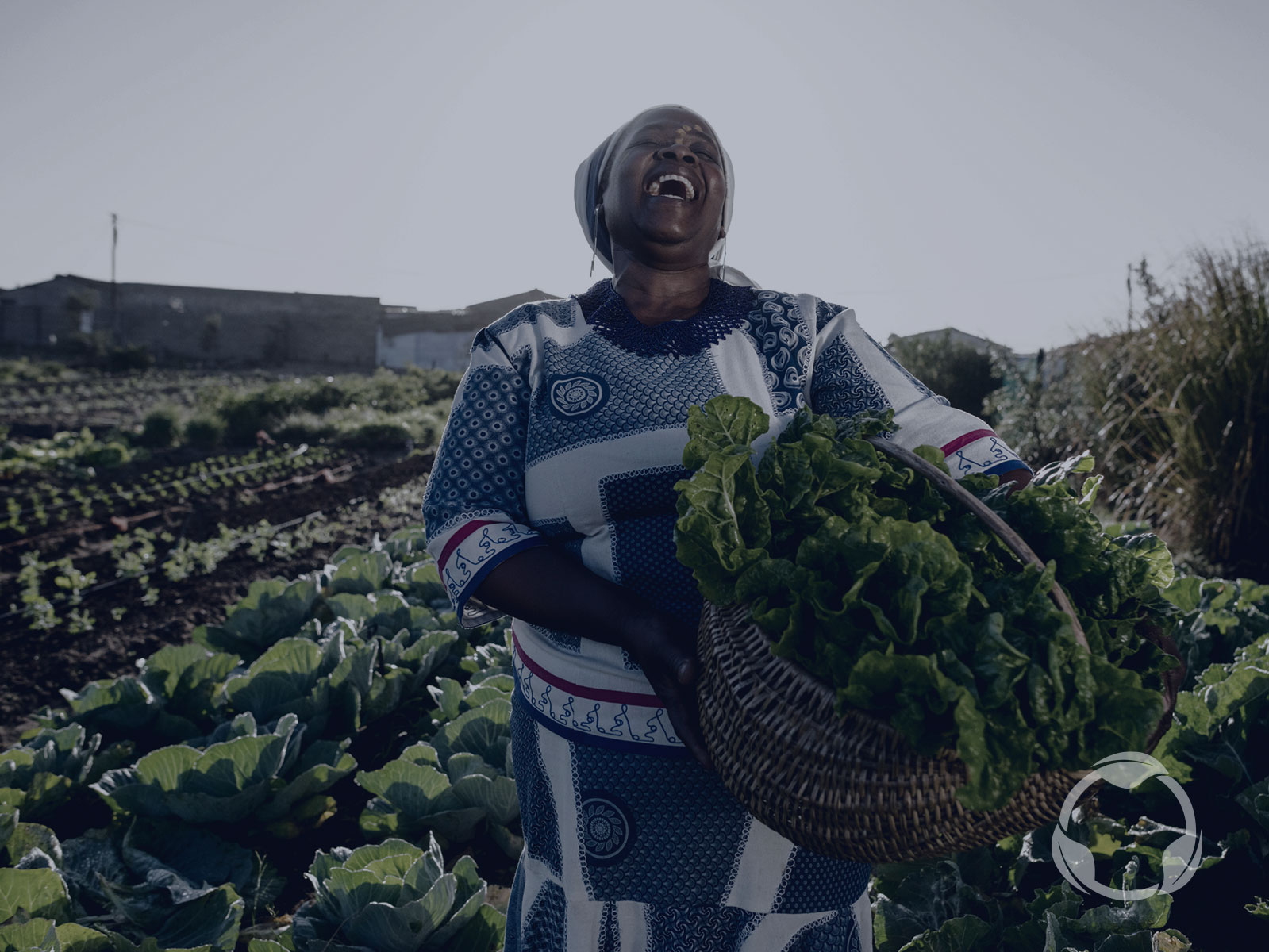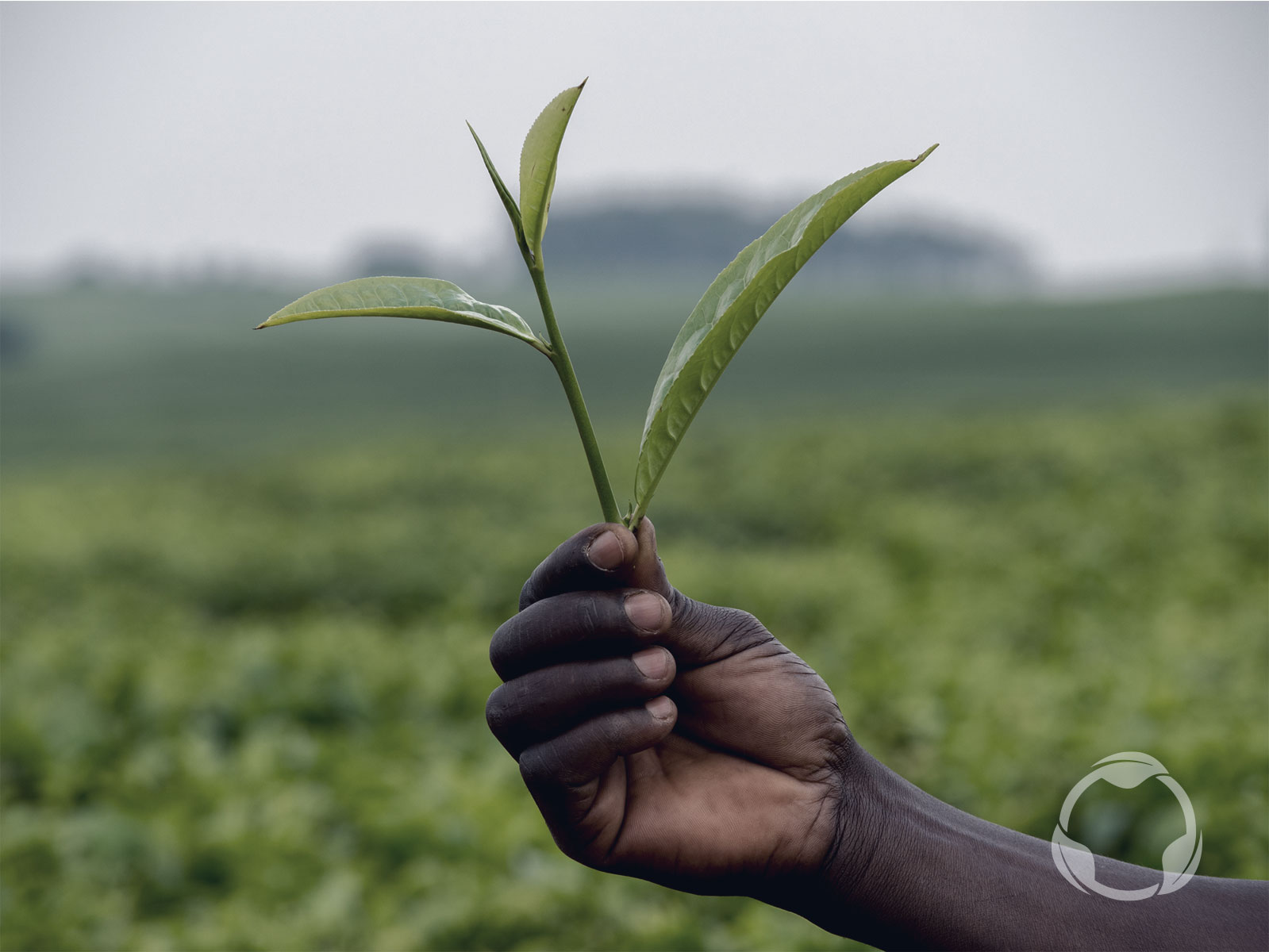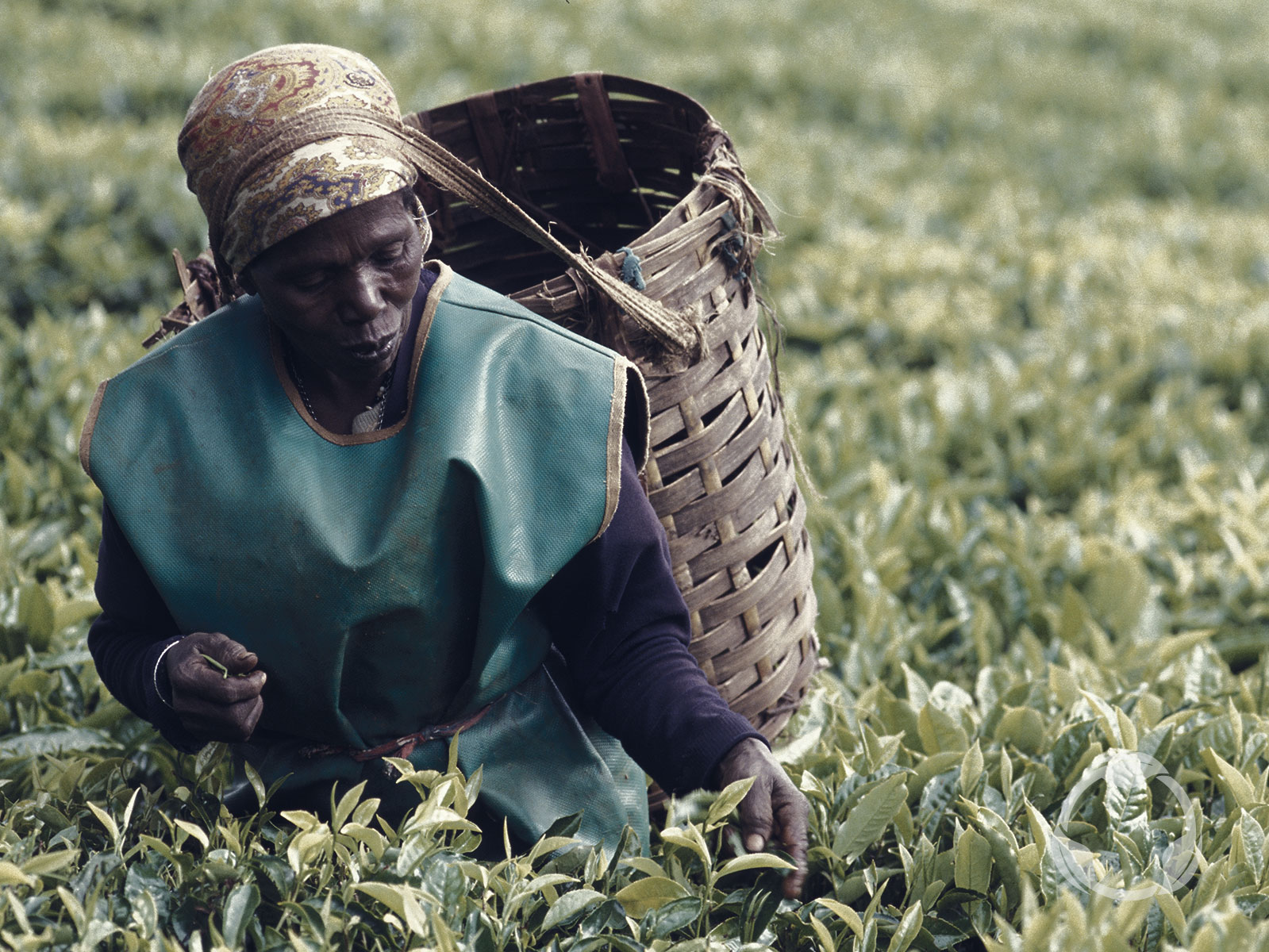
Changing the future of migration by investing in food security in Africa
If global migration patterns continue, the number of international migrants in the world could surpass 400 million by 2050, up from 244 million currently.
While headlines have focused primarily on migration to European countries, Africa is experiencing its own migration crisis. According to the African Union, only 20 percent of migrants leave the continent, and more people migrate from the Horn of Africa to southern Africa than those crossing the Sahara to North Africa to reach Europe. Of the 10 countries who accommodate more than half of the world’s refugees, five of those are in Africa.
Understanding contemporary migration, both international and within borders, remains a challenge. Migration is a complex phenomenon, often influenced by an intricate set of factors. Persecution, conflict and economic hardship are among them, as well as climate change-related incidences of severe weather.
However, there appears to be a strong connection between hunger levels and migration patterns. A recent World Food Programme (WFP) study found that countries with the highest levels of food insecurity (when combined with the presence of conflict and violence) also had the highest outward migration of refugees.
Drought and food insecurity in the Horn of Africa for example has threatened over 14.5 million people. About 12 million people have been internally displaced in Burundi, Ethiopia, Somalia, Sudan, South Sudan, and Yemen and an additional 5.3 million refugees from these countries are in camps in Burundi, the DRC, Ethiopia, Kenya, Sudan, Uganda, and Tanzania.
GETTING TO THE ROOT OF FOOD INSECURITY IN AFRICA
The WFP also estimates that more than 100 million people worldwide face severe food insecurity. In Africa, the situation is particularly critical. Of the just under a billion people living in sub-Saharan Africa, a third face severe food insecurity, and 230-million were undernourished last year, an increase of 10-million from 2016.
At fault is a combination of conflict, urbanisation and climate change. Climate change in particular is aggravating food insecurity in Africa. The United Nations reports that large areas of arable land are drying up, and desertification is expanding because of overuse and global warming. These trends are putting a serious strain on food security on the continent.
Increasing levels of urbanisation in Africa is also contributing to the challenge. Sub-Saharan Africa is the world’s fastest urbanising region, with 472 million people currently living in urban areas, a figure expected to double over the next 25 years. Countries undergoing rapid urbanisation often find it harder to produce food sustainably because of the loss of agricultural land due to urban sprawl.
Given such broad and complex links between food security and migration, the question for policymakers, aid agencies and others is how to respond.
NEED FOR STRATEGIC INVESTMENTS
Investing in rural development, sustainable agriculture, climate change adaptation and resilient livelihoods can help address the adverse drivers of migration from rural areas.
Agricultural development in particular serves as one of the most effective and powerful tools to eliminate extreme poverty, increase food security and feed the world’s growing population. According to the World Bank, growth in the agricultural sector is two to four times more effective in raising incomes among the poor compared to other sectors.
Trilinc Global Impact Fund, a fund with a mission of empowering investors to use their private capital to make a positive social impact without compromising return, invested in a Vanilla exporter in Madagascar in 2016. The company specialises in vanilla sourcing, processing, curing and packaging. During the period of TriLinc’s financing, the company tripled its sales and increased its employee count by 25 percent (many of whom are female employees). To support other farmers in its supply chain, the company also started helping other smallholder vanilla producers to apply best practices for sustainable crop preparation, harvesting and processing.
Strategic investments like these not only create employment opportunities, provide rural infrastructure, connect smallholders to new markets, and improve access to finance for farmers but they also enhance food security indirectly, through rising rural incomes.
Impact investing therefore has a clear role to play in the response to the migration and food insecurity crisis.





















